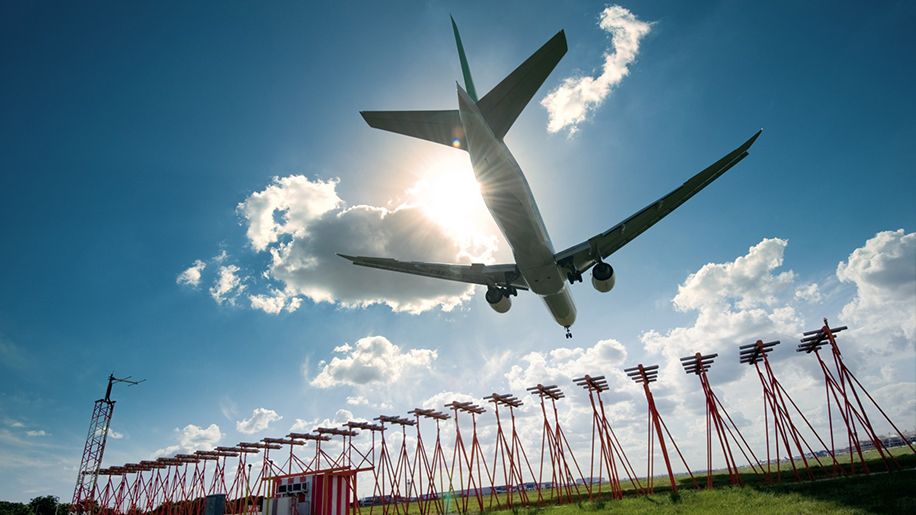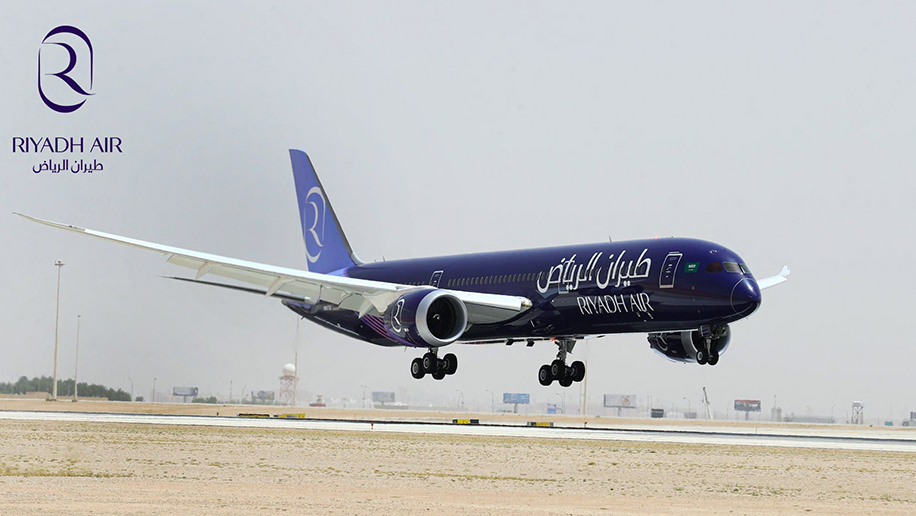The International Air Transport Association (IATA) has published its 2023 Annual Safety Report for global aviation, showing that last year was the safest for flying “by several measures”.
The data shows that there were no hull losses or fatal accidents involving airliners in 2023, and a single fatal accident involving a turboprop aircraft: a loss of control accident in Nepal in January 2023 which resulted in 72 fatalities.
This compares with five fatal accidents in 2022 and an improvement over the five-year average (2019-2023), which also stood at five.
The accident rate in 2023 was 0.80 per million sectors (equivalent to one accident per 1.26 million flights), an improvement from 1.30 in 2022 and the lowest rate in more than one of each.
And the risk of death improved to 0.03 in 2023 from 0.11 in 2022 and 0.11 over the five years, 2019-2023.
IATA said this meant that, on average, a person would have to travel by plane every day for 103,239 years to suffer a fatal accident.
Europe has had zero risk of death since 2018, with the highest proportion of accidents involving landing gear collapses.
Data for the Safety Report is collected through IATA's Global Aviation Data Management (GADM) program, which comprises accident and incident reports, ground damage and flight data from more than 470 different industry participants.
Commenting on the news, Willie Walsh, IATA Director General, said:
“Safety performance in 2023 continues to demonstrate that flying is the safest mode of transportation. Aviation places its highest priority on safety and it shows in the performance of 2023. Jet operations did not result in hull losses or deaths.
“2023 also saw the lowest fatality risk and 'all accidents' rate ever recorded. However, a single fatal turboprop accident with 72 fatalities reminds us that we can never take safety for granted.
“And two high-profile accidents in the first month of 2024 show that, even if flying is one of the safest activities a person can do, there is always room for improvement. This is what we have done throughout our history. And we will continue to make flying safer and safer.
“Improvements in safety and prevention of future accidents arise from learning from past incidents. For airlines, this means cultivating a strong safety culture in which every employee feels responsible for safety and is motivated and expected to provide safety-related information.
“For states, it means providing timely, complete and public accident reporting. Of 226 accidents that occurred in the last six years, only 121 final accident reports have been made available. This shortfall is not only a blatant disregard for the Chicago Convention, but also undermines the safety of our passengers and crew. Governments and their agencies must intensify their efforts.”
iata.org












